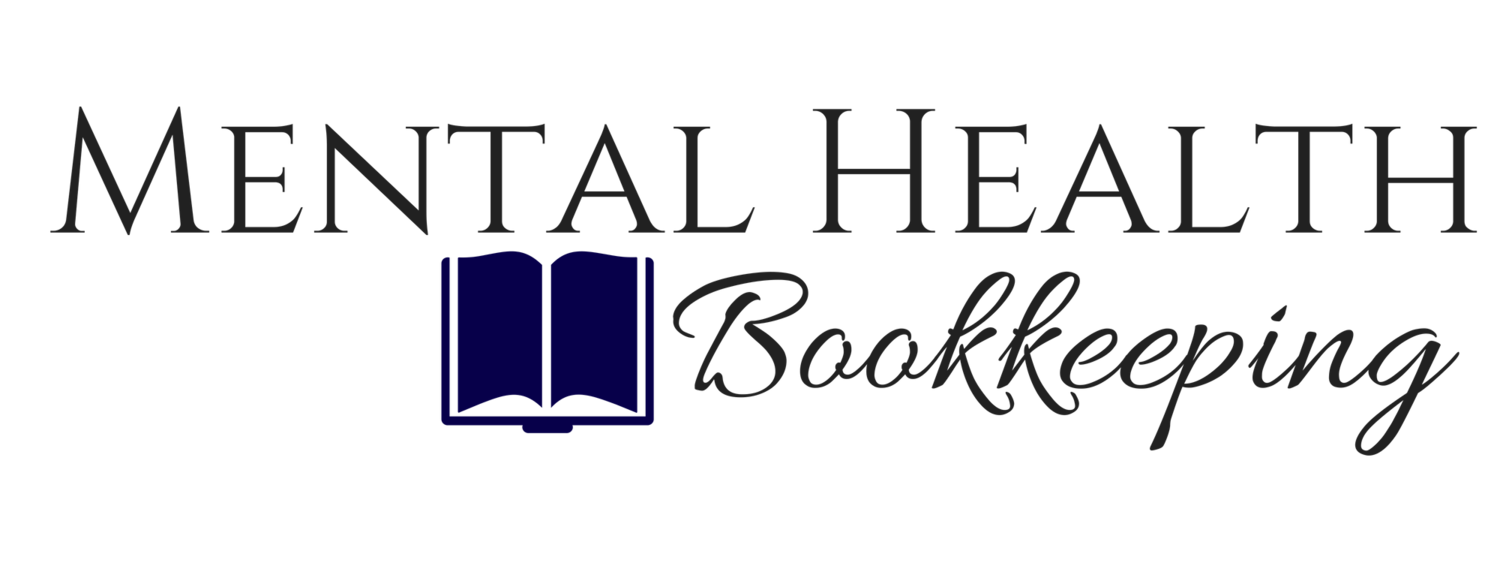A therapist named Joanne had a thriving mental health practice. She had sessions with twenty-nine clients a week, a three month wait-list, and a very competitive pricing strategy despite taking insurance discounts. Her expenses seemed manageable: an affordable office lease with utilities included, two modestly paid employees, and cheap advertising from her social media success and insurance referrals.
Joanne was pleased with her practice but felt uneasy. While she felt she was making a lot of money, she never looked closely at or truly understood her financials. She had estimates for annual revenues and expenses but could not explain more than that. Sometimes she was embarrassed if someone asked if she was profitable because she wasn’t sure if she was.
As weeks and months passed, Joanne felt more and more uneasy. Her checking account always seemed lower than she expected and her bills soon became harder and harder to pay. Before she realized what had caused it, Joanne declared Chapter 11 bankruptcy!
What happened? Joanne was insolvent; she did not have the cash flow to pay her bills as they came due. While she was making the money she needed to pay her bills, Joanne never had enough cash on hand. What could Joanne have done differently? Here are two simple steps to be financially aware.
Create a budget
We have all been told that we need one, but it seems easier said than done. What is a budget? A plan. One of the most common reasons why businesses fail is lack of planning, and while you are a therapist and healer, you are also a business owner. Budgeting can be as simple as an Excel spreadsheet with rowed line items broken out by monthly columns. The more detail the better. While a master budget is necessary, consider creating budgets for each line item. If you have an advertising line item in your master budget, create a separate budget that breaks out each channel of advertising. Make sure that your monthly budgeted amounts correspond to the payment date. This will help in the next step of understanding and improving your cash flow.
Understand and improve cash flow
Once you have a budget, you are going to want to understand when you have cash coming in and when you have cash going out. In Joanne’s case, on paper, she was making more than enough money to cover her bills, but when the time came to pay, she did not have the cash. Why? Her cash was tied up in receivables. On average, she would not get paid from the insurance company for six weeks. Her scheduled lease payment was often at the tightest time of the month from a cash flow perspective, and with repeated poor planning, Joanne became insolvent. To avoid this, consider your budget and identify, on your calendar, days when you will need a lot of cash. From this exercise, you may realize a need for better cash flow. First you can improve frequency of cash coming in. If you accept insurance, consider billing the insurance company more frequently and filing claims electronically. If you are a private pay therapist, consider shortening the grace period before for clients pay after each session. Second, you can improve your frequency of cash going out. By increasing the frequency of payments to vendors, you will be less likely be shocked by a huge payout at once. Be careful though, because you may miss out on discount for making annual payments.
Bottom line, be financially aware. While these tips may seem fundamental, many business owners do not take the time to implement them. The more planning you do upfront, the more stress you will avoid later on. If this seems overwhelming, it may be wise to enlist the help of a trained professional. I’m available for a free consultation so reach out at mentalhealthbookkeeping.com to schedule.
-Maria Johnston at mentalhealthbookkeeping.com

